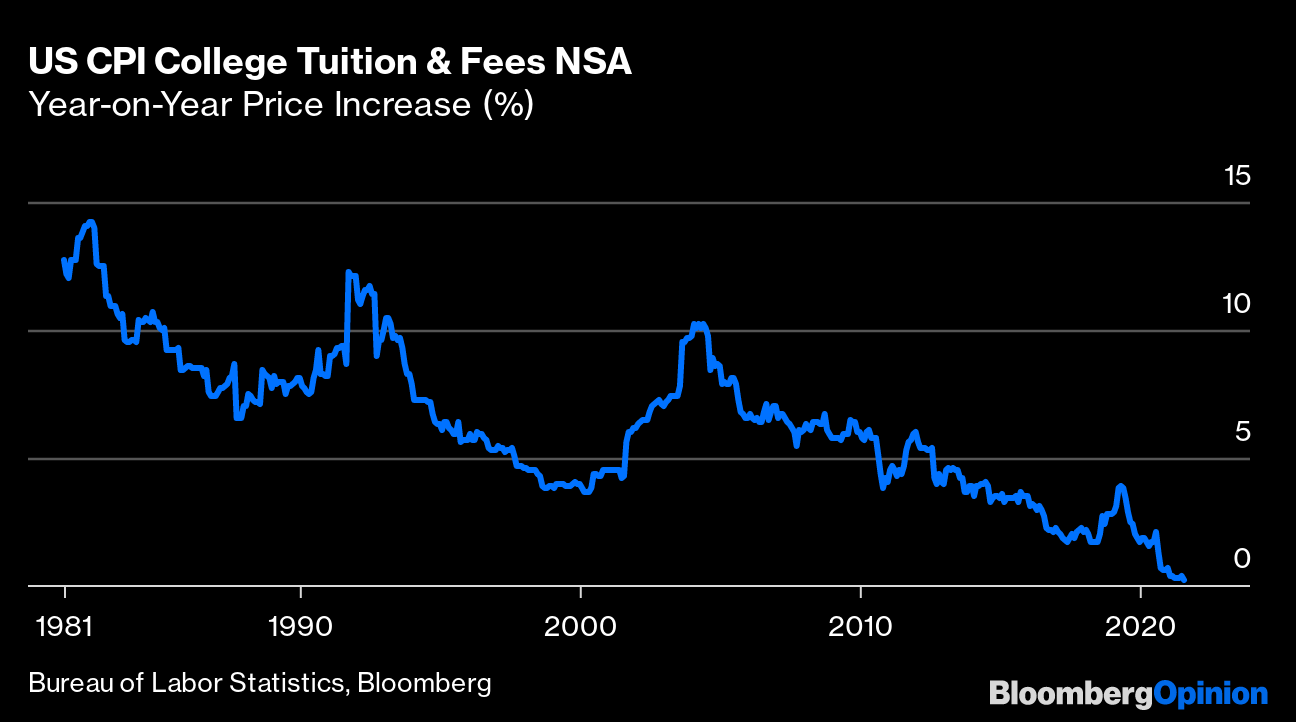
Random mask-wearer
In response to my suggestion that DeSantis should be impeached for getting in the way of local mask rules, comment trolls have been suggesting that mask-wearing is not an effective strategy for battling the COVID pandemic.
I happened to see an email on a list I belong to that mentioned studies on mask-wearing and thought I would share them for those who wish an evidence-based-approach to their politics:
- NY ABC Science Collaborative, We Studied One Million Students. This Is What We Learned About Masking, NYT Op-Ed (Aug. 10, 2021) and very informative accompanying FAQ
- Proceedings of the National Academy of Sciences, An evidence review of face masks against COVID-19 (January 26, 2021)
- John T. Brooks and Jay C. Butler, Effectiveness of Mask Wearing to Control Community Spread of SARS-CoV-2, JAMA Insights (February 10, 2021)
- Yafang Cheng et al, Face masks effectively limit the probability of SARS-CoV-2 transmission, Science (June 25, 2021)
…and there’s the one I cited in the earlier comments, KXAN, Do face masks work? Here are 49 scientific studies that explain why they do (Aug 7, 2021).
I believe these overwhelmingly substantiate my claim that the weight of current scientific evidence highly supports the value of mask-wearing in public and especially indoors (such as in classrooms). Science moves at it does: that was not the initial consensus view, and someday the weight of hypothetical new contrary evidence might push to a different view, but today, I think any rational person who wants their personal decisions, and the decisions of political leaders ,decided by science must accept that right now this is the far-better supported view.
Does that end the debate? Of course not; even without new data there could be countervailing considerations — although I think these largely are absent at present. I think the evidence tends to show that the downsides of masks, even for most kids, is low to zero. It’s possible there might be a religion I don’t know of that prohibits mask-wearing (there certainly are some that forbid vaccination, e.g. Christian Science). There might be the rare true respiratory disease that allows going out and about, but can’t cope with a mask.
Barring some rare edge cases, though, I think the evidence here is pretty clear: DeSantis and a few other governors are ignoring the clear evidence on the value of masks, and the direct effect of their crass and evil choices will be illness–some of which will be serious and long-lasting–and death. That really ought to matter to people.





